That seemingly simple comment touches the “undercurrent” of the entire creative life of our country today. Entering the creative era, when the world sees art not only as a spiritual value but also as an economic resource and a soft power of the nation, we cannot continue to follow the old path.
For a long time, the approach to managing culture and arts in our country has been heavily administrative. All creative activities must go through a system of approval, assessment, and permission; any different expression can be considered "sensitive" or "crossing the line". That mechanism, in a certain historical period, played a role in maintaining orientation and protecting ideological foundations, but when the country entered a period of innovation, integration, and creativity, it gradually became a barrier to development. When creativity is surrounded by fear, art is left with only safe tones, familiar patterns, lacking breakthroughs, and it is difficult to expect a fresh, open art.
The root of the problem lies in the fact that we are still used to seeing culture and arts as a field that needs to be “controlled” instead of a space that needs to be “nurtured”. But today’s world has changed. Many developed countries such as France, England, or Korea, consider art as a field that requires a creative management model, that is, the State is no longer the “commander” but the “creator of the environment”. Creative management means believing in the capacity of artists, encouraging experimentation, giving them free space within the framework of the law. At the same time, the State plays a patronizing role, promoting financial resources, policies, and technology for art to develop healthily and sustainably. The beauty of this model is that it creates a balance between freedom and responsibility, between creative individuals and the social community, something that administrative management cannot do.
Looking back, we have also seen many signs of innovation. The 2022 Cinema Law, the revised Intellectual Property Law, the Central Resolutions and the National Target Program on Cultural Development for the 2025-2035 period are all paving the way for the “creative management” mindset to come into practice.
In the era of globalization and digital transformation, the old management mindset is increasingly revealing its inadequacies. When a song can go viral on social networks in just a few minutes; when films, fine arts, and theater are integrating into the international market, management by administrative orders is no longer effective. Reality proves: where management thinking is innovative, art flourishes. The strong development of music festivals, contemporary art exhibitions, independent films, or creative spaces in Hanoi, Ho Chi Minh City, Da Nang, Hue, etc. is clear evidence. There, young artists no longer wait for "permission" but proactively "ask for opportunities"; no longer wait for "the state to provide funding" but know how to "call for sponsorship" and "raise community funds". They do not confront management, but accompany each other in development.
However, to completely shift to a creative management model, we must overcome many challenges. It is the old thinking habit of a part of the management staff, who are more familiar with "approving - banning" than "supporting - encouraging". It is the limited capacity in understanding and applying creative economy, copyright, and cultural industry. It is the lack of intermediary institutions such as creative funds, art support institutes, or art promotion centers. And above all, it is the harmony between the management agency and the artists, which cannot be filled with documents, but can only be narrowed by dialogue, sharing, and joint action.
Associate Professor, Dr. BUI HOAI SON
Standing Member of the National Assembly's Committee on Culture and Education
Source: https://www.sggp.org.vn/quan-tri-sang-tao-nghe-thuat-post822556.html






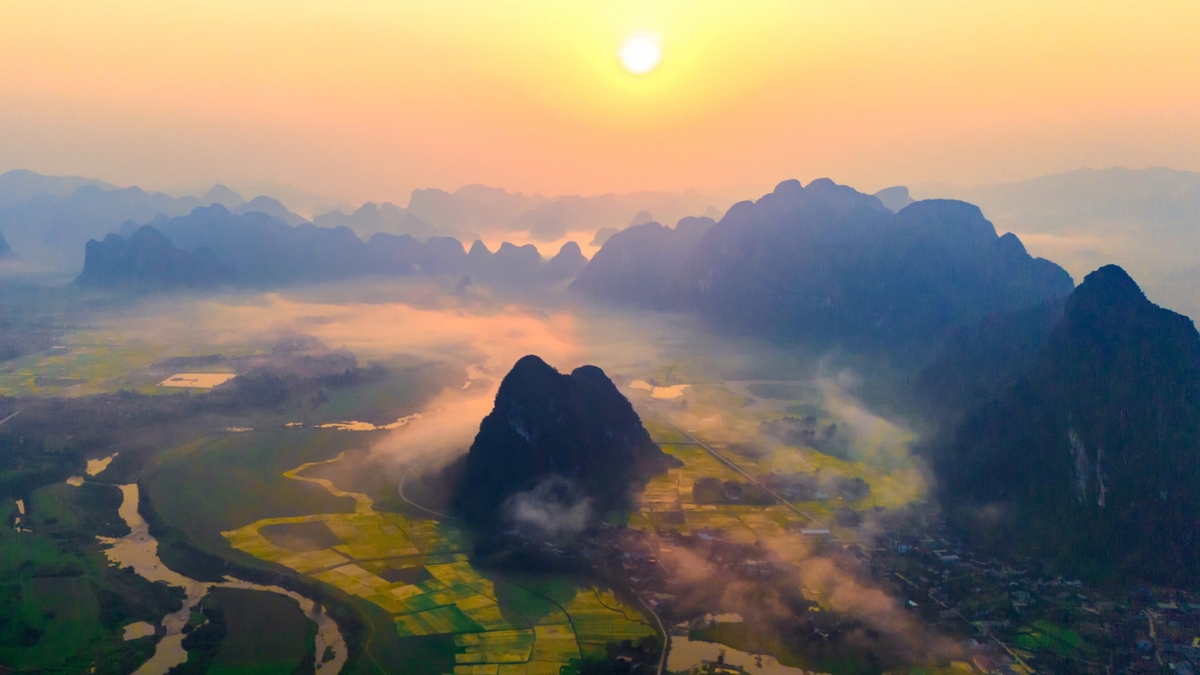





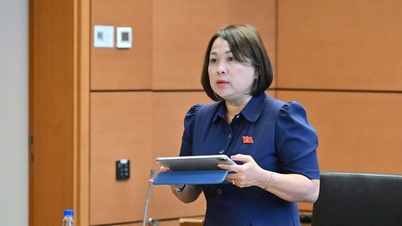


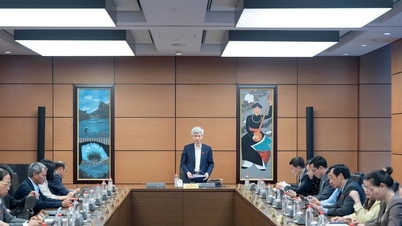

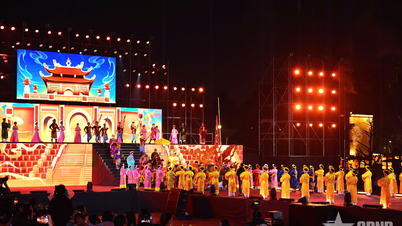



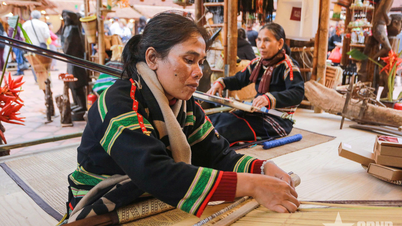
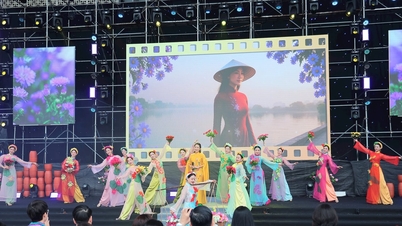

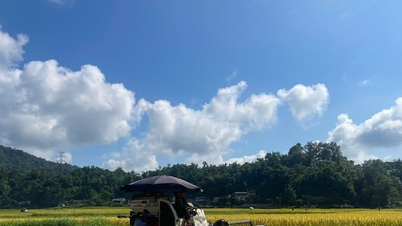










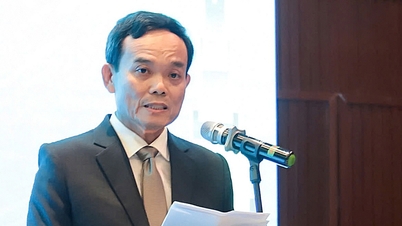











![[Video] Hue Monuments reopen to welcome visitors](https://vphoto.vietnam.vn/thumb/402x226/vietnam/resource/IMAGE/2025/11/05/1762301089171_dung01-05-43-09still013-jpg.webp)




















































![Dong Nai OCOP transition: [Part 2] Opening new distribution channel](https://vphoto.vietnam.vn/thumb/402x226/vietnam/resource/IMAGE/2025/11/09/1762655780766_4613-anh-1_20240803100041-nongnghiep-154608.jpeg)












Comment (0)